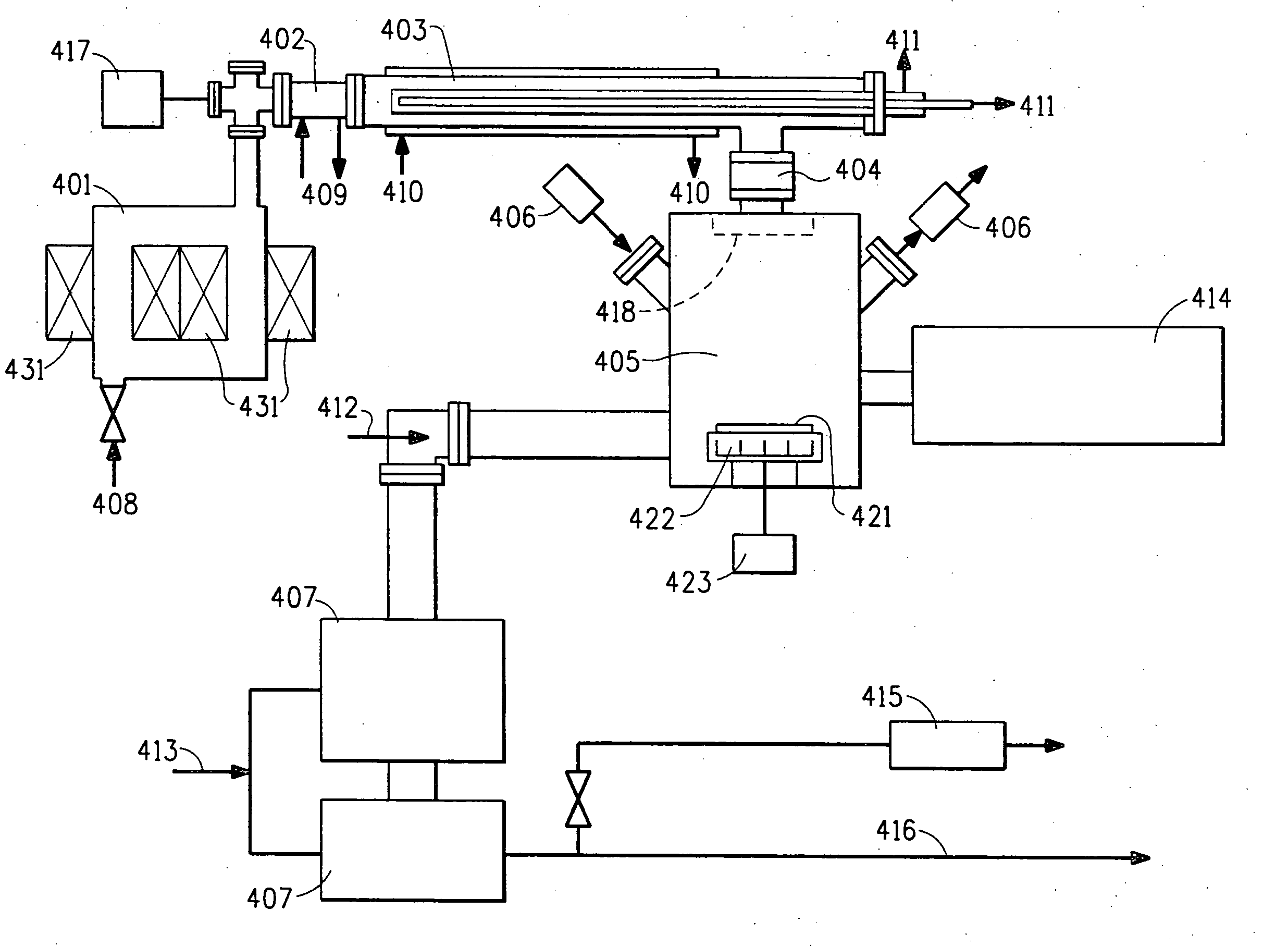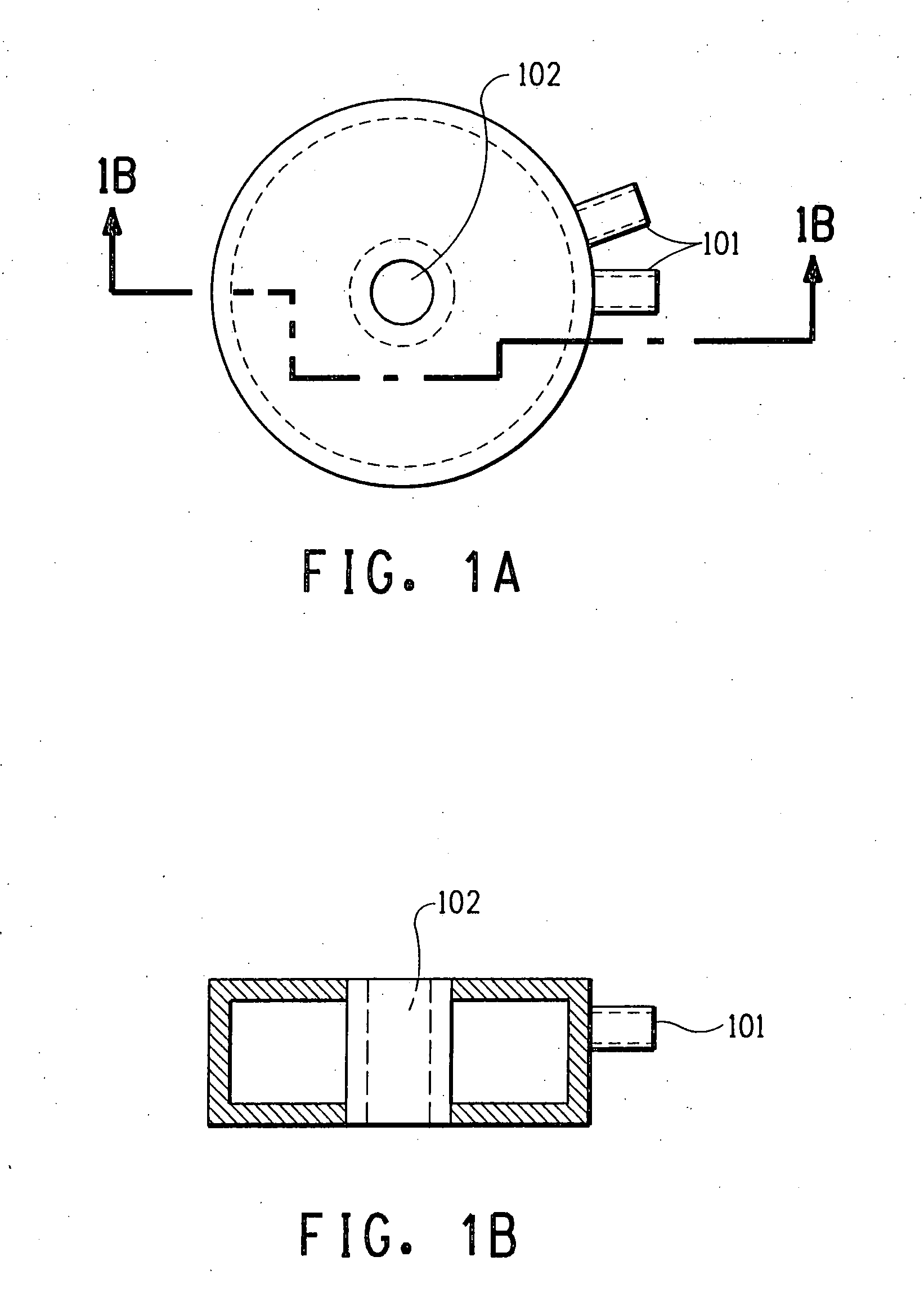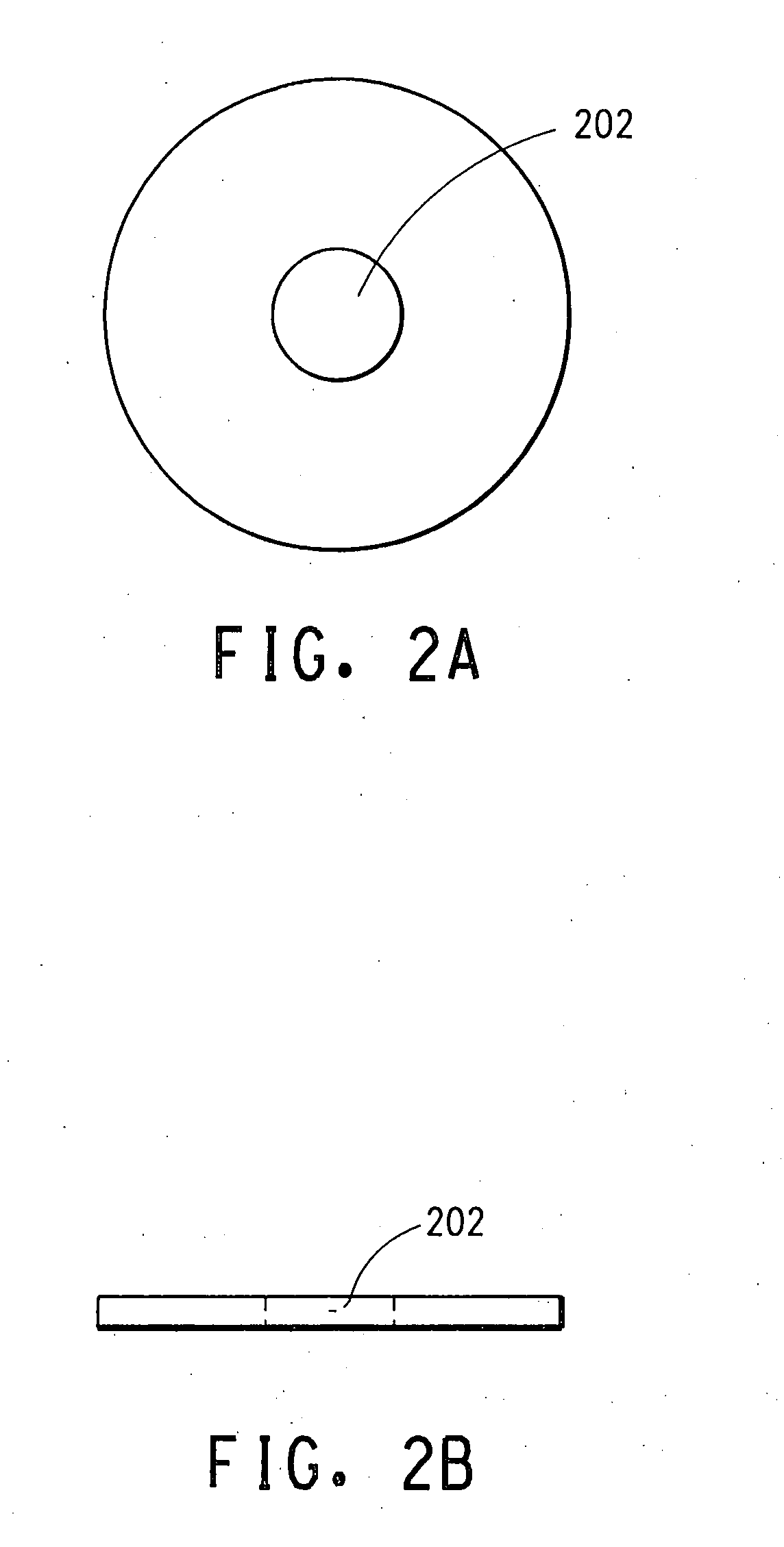Method for removing surface deposits in the interior of a chemical vapor deposition reactor
a technology of chemical vapor deposition reactor and surface deposits, which is applied in the direction of chemical vapor deposition coating, non-macromolecular adhesive additives, coatings, etc., can solve the problems of reducing the productive capacity of the chamber, the need to clean the chamber regularly, and the effectiveness of cleaning gases being limited
- Summary
- Abstract
- Description
- Claims
- Application Information
AI Technical Summary
Problems solved by technology
Method used
Image
Examples
example 1
[0050] This example illustrates the effect of nitrogen addition on silicon dioxide etch rate and power consumption using a mixture of NF3, oxygen, and C2F6. Individual gas flow rates were as indicated, as measured in sccm. Remote chamber pressures were varied from 0.5 torr to 9 torr. The activated gas then entered the process chamber and etched the silicon dioxide surface deposits on the mounting with the temperature controlled at 250° C. Results are illustrated in FIG. 5.
example 2
[0051] The procedure of example 1 is followed, with the flow rate NF3 set at 650 sccm. Results are illustrated in FIG. 6.
example 3
[0052] This example illustrates the effect on etch rate and power consumption with and without a flow restricting device on the procedure of example 1 Gas flows and compositions were as indicated. Results are illustrated in FIGS. 7 and 8.
PUM
| Property | Measurement | Unit |
|---|---|---|
| power | aaaaa | aaaaa |
| diameter | aaaaa | aaaaa |
| frequency | aaaaa | aaaaa |
Abstract
Description
Claims
Application Information
 Login to View More
Login to View More - R&D
- Intellectual Property
- Life Sciences
- Materials
- Tech Scout
- Unparalleled Data Quality
- Higher Quality Content
- 60% Fewer Hallucinations
Browse by: Latest US Patents, China's latest patents, Technical Efficacy Thesaurus, Application Domain, Technology Topic, Popular Technical Reports.
© 2025 PatSnap. All rights reserved.Legal|Privacy policy|Modern Slavery Act Transparency Statement|Sitemap|About US| Contact US: help@patsnap.com



